Roar louder than a lion, leap faster than your house cat—extinct big cats like the saber-toothed Smilodon have fascinated humans for centuries. But what secrets do their ancient bones still whisper? Dive into this gallery to uncover 25 strange, surprising, and heart-tugging facts that skeletons have revealed about the planet’s most legendary feline predators.
Sabers That Could Slice a Watermelon

The Smilodon’s legendary fangs were nearly a foot long—longer than most dinner knives! But contrary to what you might think, these teeth were delicate. Skeletons show they could break if the cat bit into bone, hinting Smilodon had to be careful with every meal.
Jaws Built for Power, Not Speed

Unlike speedy cheetahs, Smilodon’s jawbones reveal a wide gape—almost 120 degrees! That’s wider than a snake’s yawn. This let them deliver a deep, killing bite, but not a fast one. These cats were all about precision over pace.
Shoulders Like a Weightlifter’s

Fossilized shoulder blades and hefty upper arms tell us Smilodon was a feline bodybuilder. These cats needed massive muscle to wrestle prey to the ground, much like today’s sumo wrestlers overpowering their opponents.
Paws Perfect for Pouncing
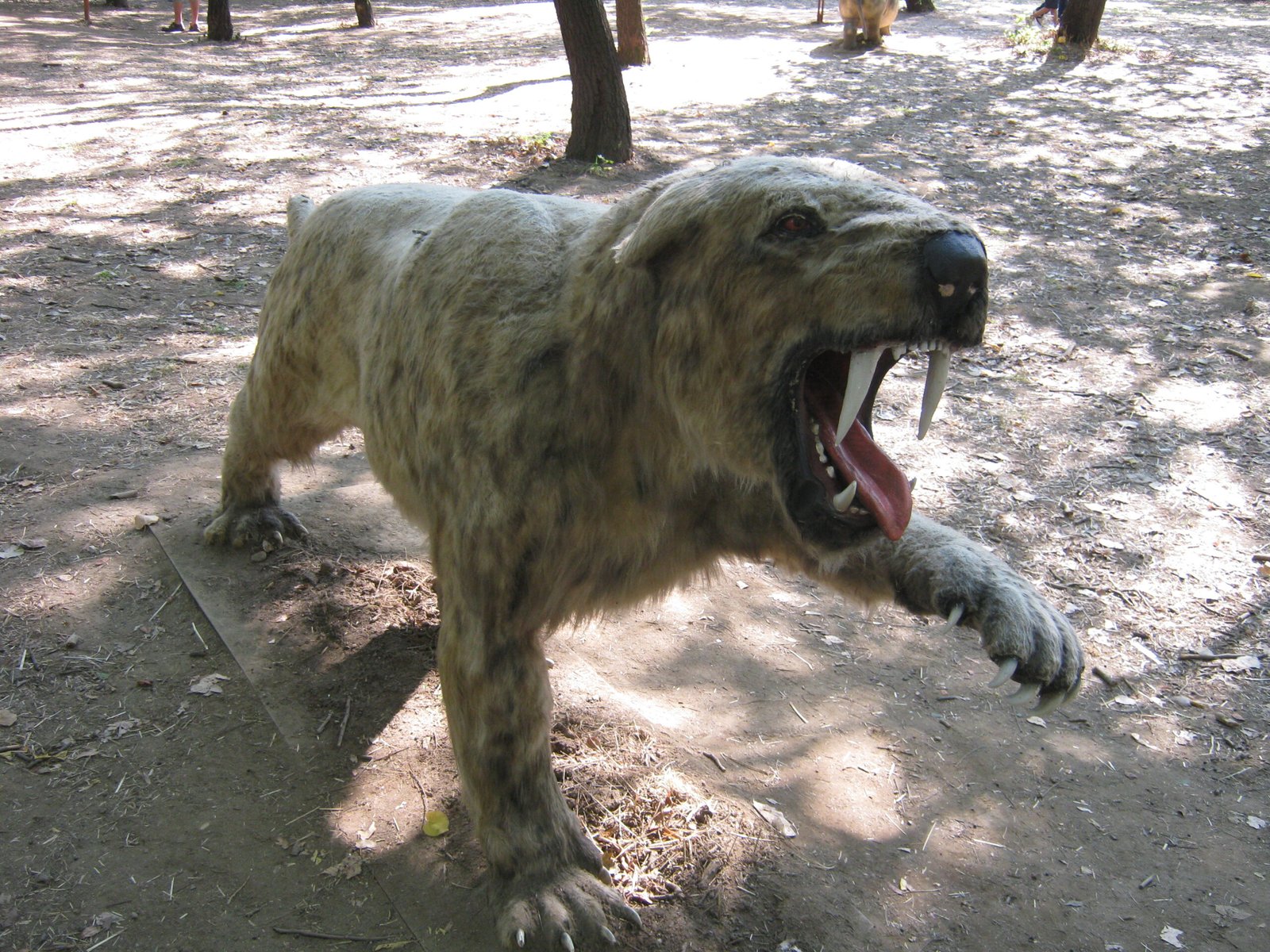
Their feet bones show Smilodon had wide, padded paws—think snowshoes for stealth. This helped them sneak up on unsuspecting prey, then leap with shocking force. Imagine your tabby, but supersized and silent!
Short Tails for a Quick Pivot

Unlike the long, graceful tails of modern lions, Smilodon’s tail bones were stubby. This means they didn’t need help balancing during sprints. Instead, they probably ambushed prey in tight spaces, twisting with agility like a ninja cat.
Backbones of Steely Strength
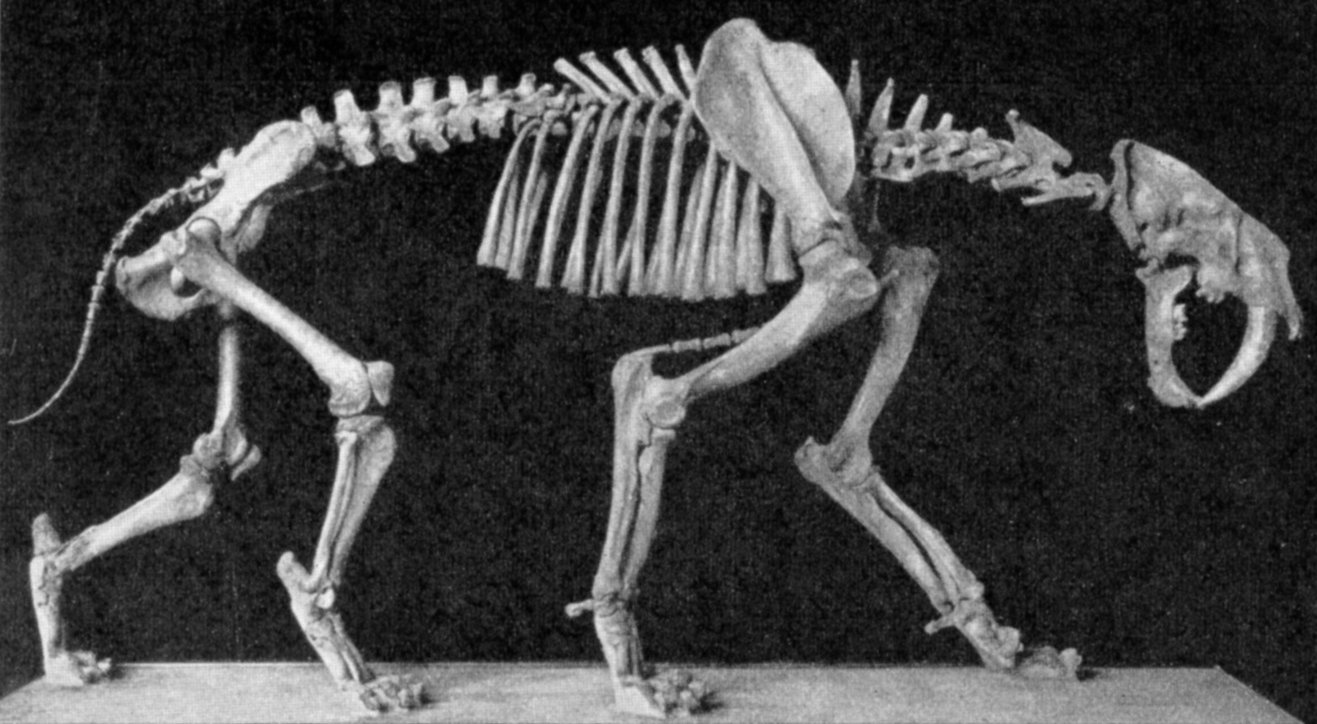
The vertebrae in Smilodon skeletons are thick and robust. This sturdy spine suggests they could drag large kills or even fend off rivals, showing off a strength that makes modern cats look downright delicate.
Hips That Hint at Ambush

Their pelvis was broad and strong, built more for sudden lunges than for marathon chases. These were the sprinters of the ancient world—imagine a football player launching off the line.
Claws for Crushing, Not Climbing
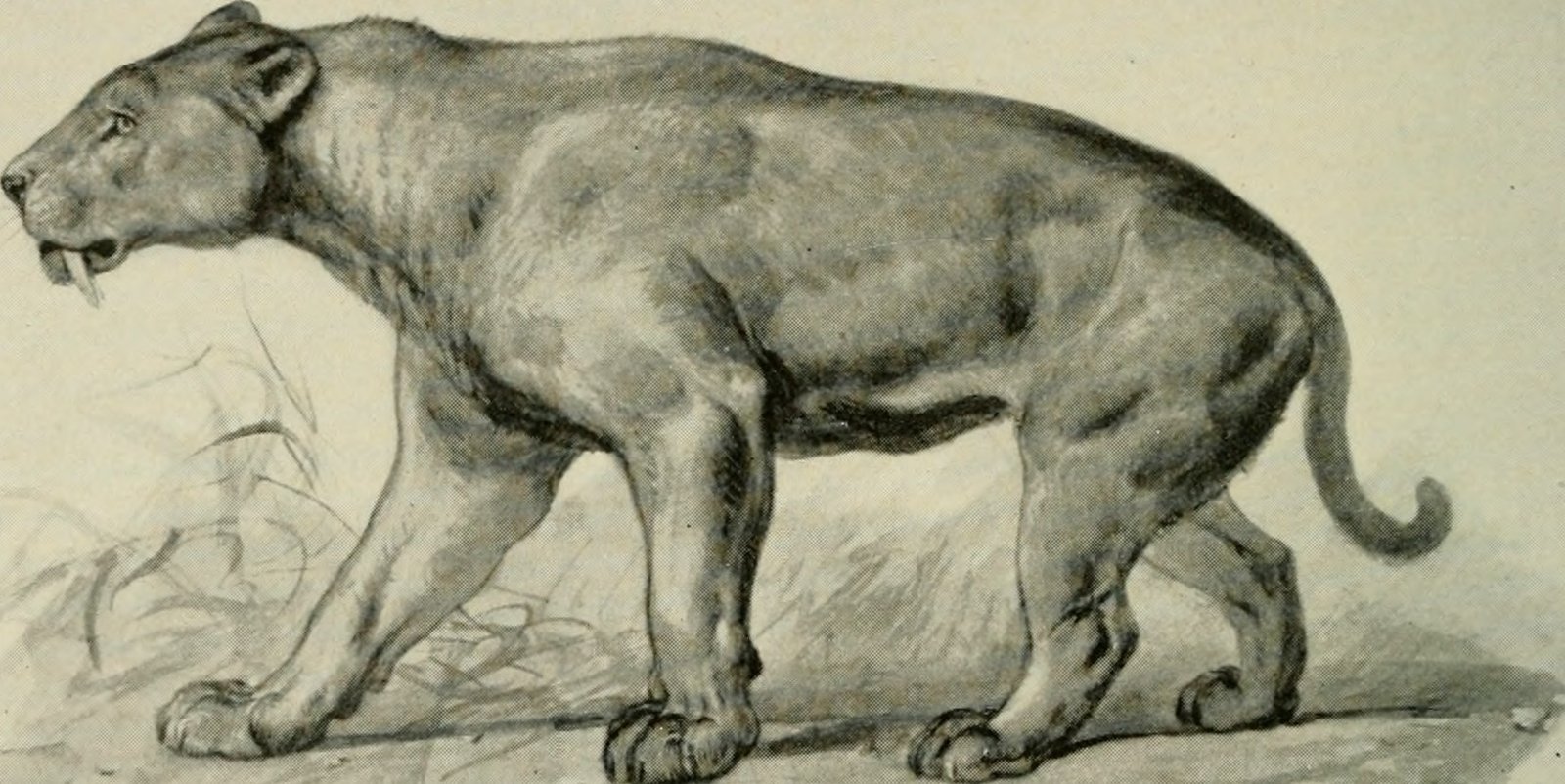
Smilodon’s toe bones were chunky, with grooves for massive claws. But unlike today’s tree-climbing leopards, these cats were earthbound. Their claws were built for gripping prey—not for scaling trees.
Skulls Shaped for Showdowns
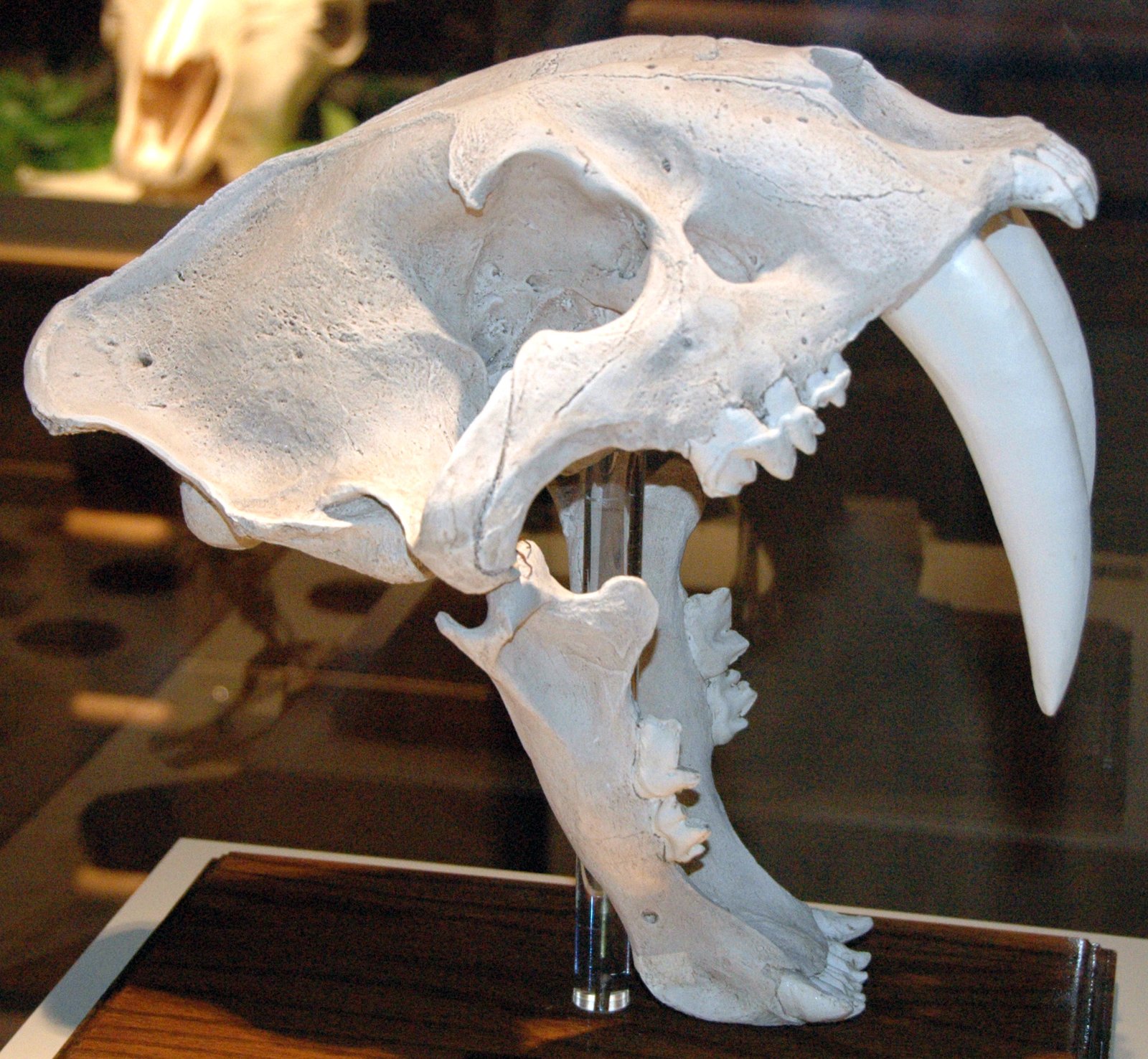
That famous saber-toothed skull isn’t just for looks! The deep, reinforced bone structure protected vital organs during brutal bites and battles, almost like a natural helmet for feline gladiators.
Noses Made for Scent Sleuthing

The nasal cavities in Smilodon skulls are big—really big. This means they likely had powerful sniffers, able to track prey or rivals over long distances, just like a bloodhound in a cat’s body.
Knees Ready for Wrestling
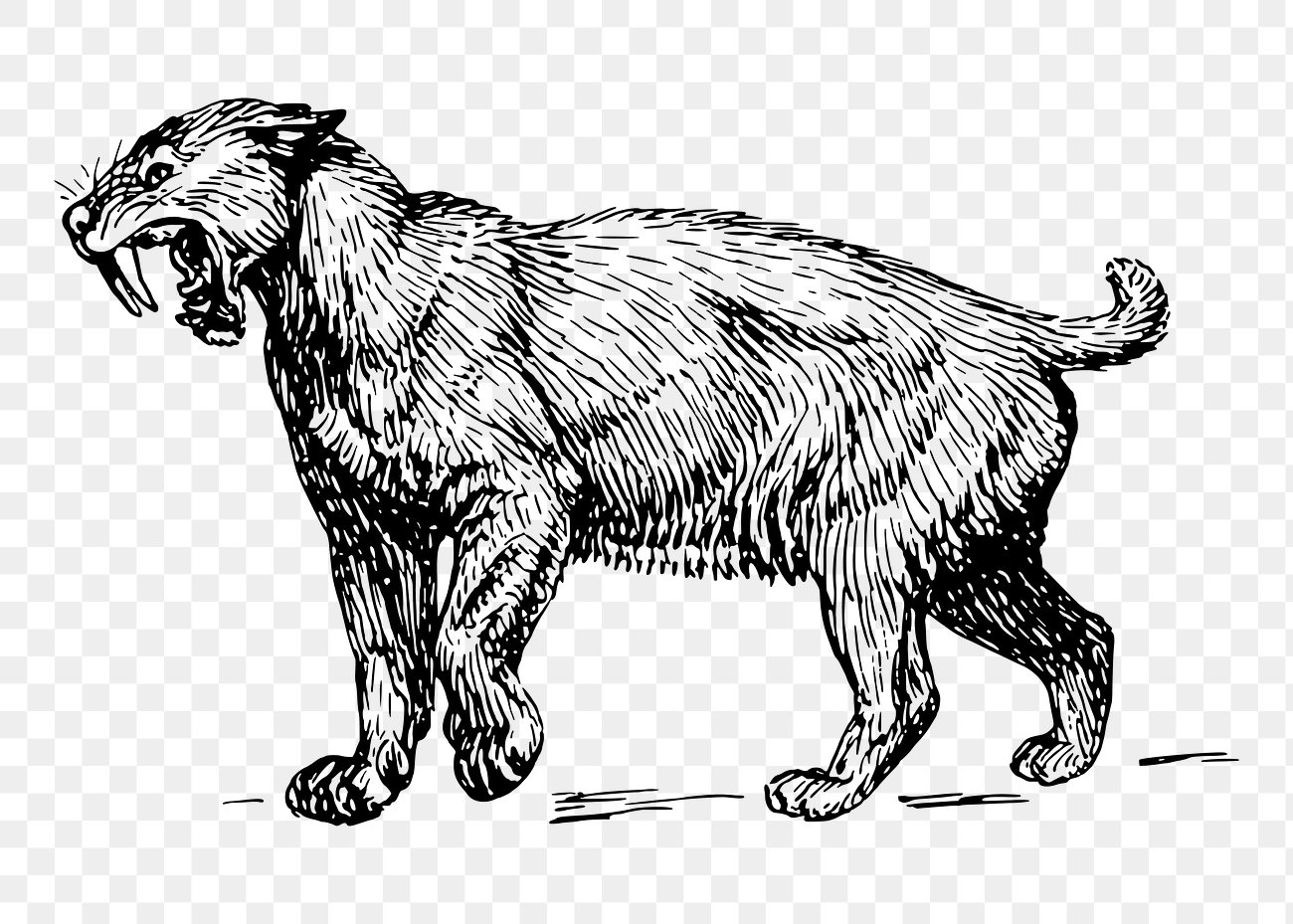
Sturdy knee joints show these cats could crouch low and spring high. Their skeletons suggest a wrestling style, tackling prey to the ground before going for the kill, almost like a feline version of a pro wrestler.
Baby Bones Tell a Family Tale
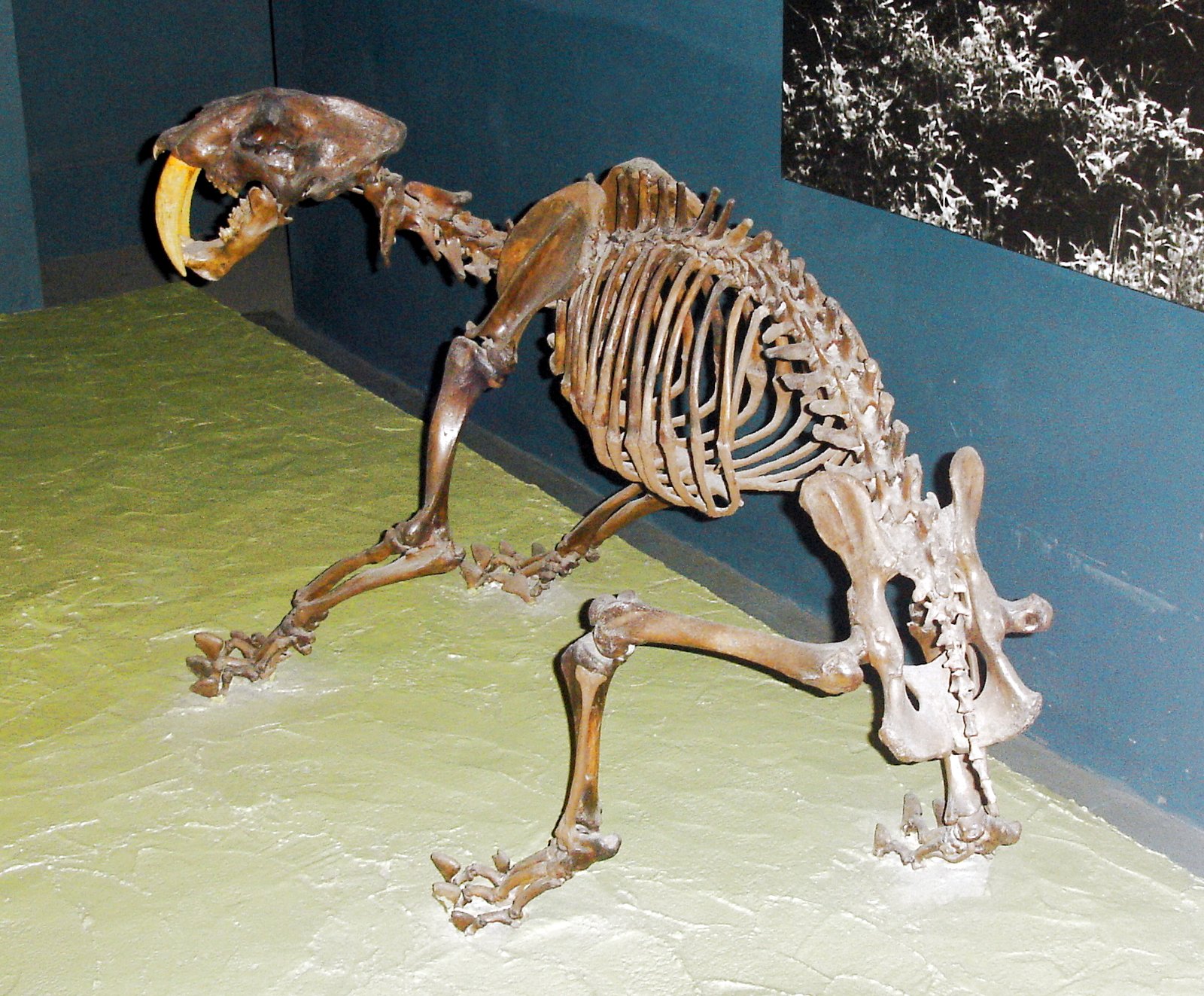
Tiny, fragile Smilodon skeletons have been found near adults, suggesting that these cats raised their young together. Ancient family values, anyone? Even the fiercest predators needed a little home life.
Jaw Joints That Open Wide

The jaw joints weren’t just strong—they were flexible, letting those famous fangs clear the lower jaw. This unique hinge gave Smilodon its signature sabertooth look and bite.
Wrist Bones for Grappling
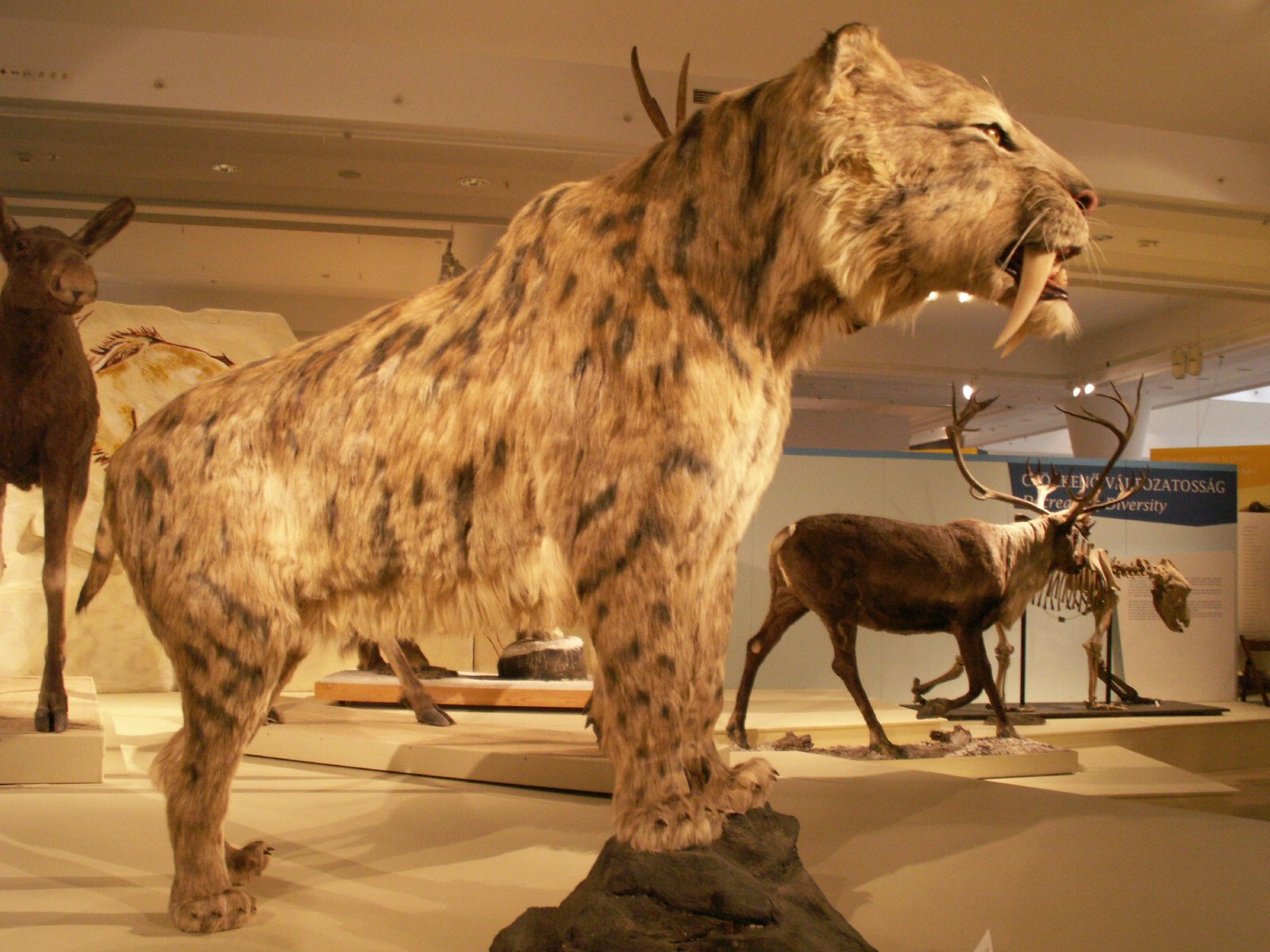
Their wrists were stiff and stable, not bendy like a house cat’s. That means Smilodon could lock its paw in place, grappling prey in a powerful, unbreakable hold.
Teeth Built for Show and Tell

Besides the sabers, Smilodon had small, peg-like back teeth. These weren’t for chewing but for slicing meat—think of them as prehistoric steak knives, perfect for a carnivore’s diet.
Rib Cages for Deep Breaths

A wide, barrel-shaped rib cage gave Smilodon plenty of lung space. This let them take deep breaths before a powerful attack, like an athlete gearing up for a sprint.
Spine Flexibility for Sudden Strikes

Despite their bulk, Smilodon spines were surprisingly flexible. This allowed for explosive, twisting movements—ideal for ambushing prey with a sudden, shocking strike.
Hind Legs for Hidden Speed

Though not built for long chases, their hind legs were strong and muscular. Smilodon could burst forward with incredible speed for a short distance—like a slingshot, not a marathon runner.
Ear Bones for Eavesdropping

Small inner ear bones reveal that Smilodon probably had sensitive hearing, picking up the faintest rustle of prey or the growl of a rival. Not much got past these ancient ears.
Dental Clues of a Rough Life
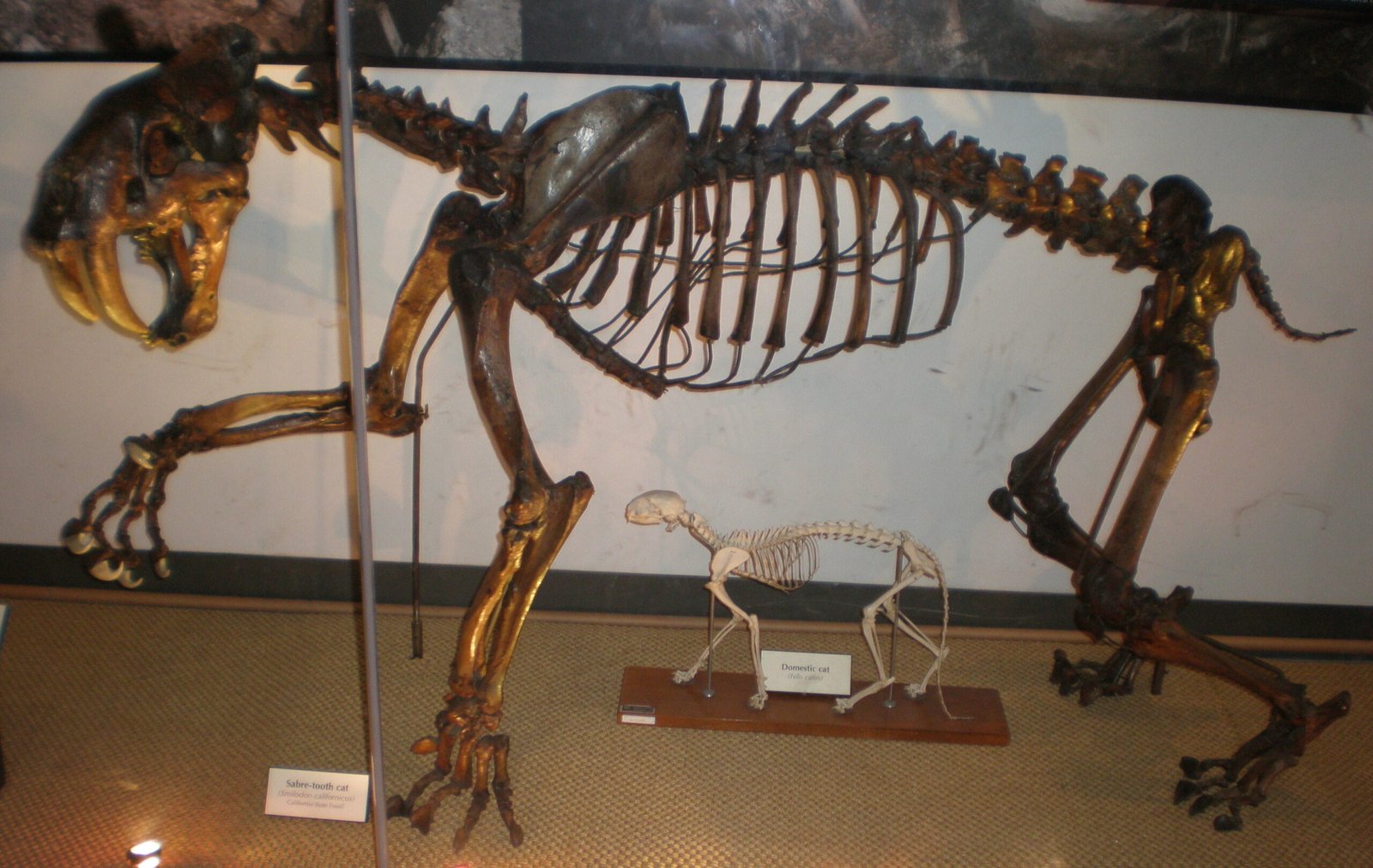
Many Smilodon skeletons have broken teeth and healed jaw injuries. Life was tough—even for a top predator. These scars tell stories of epic battles and close calls.
Shoulder Scars from Survival
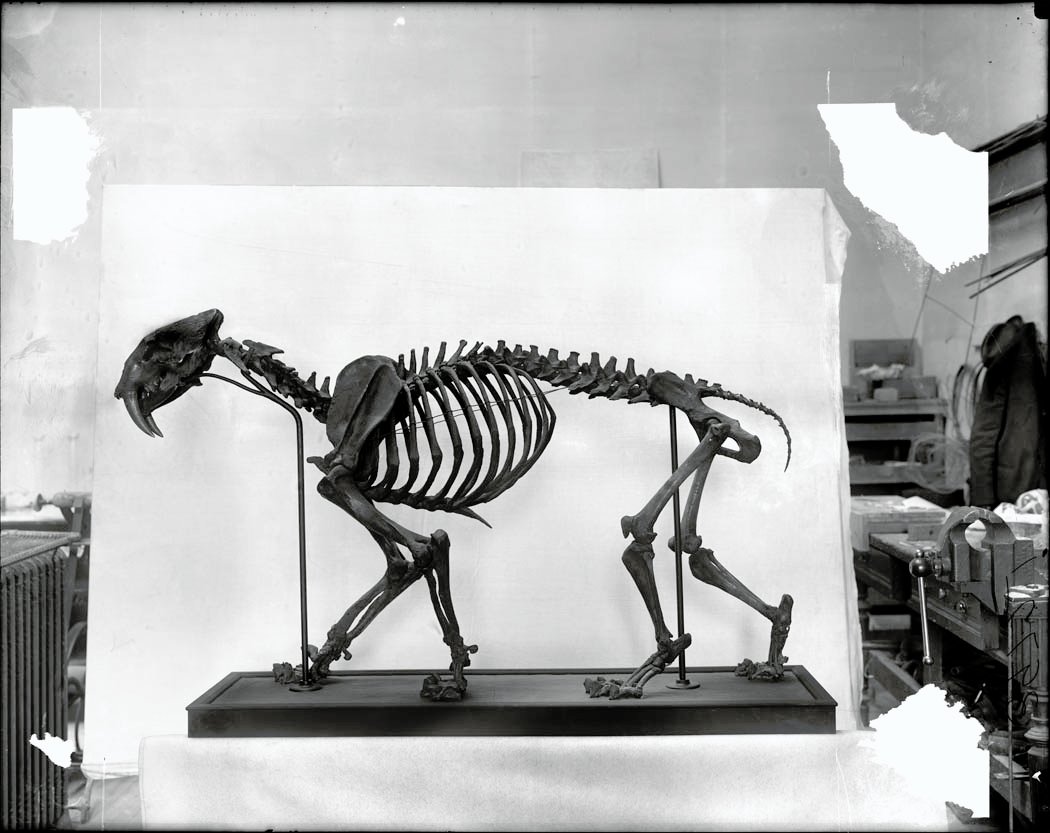
Some skeletons show old shoulder wounds that healed over time. This means Smilodon could survive serious injuries—perhaps thanks to help from their pride or just sheer determination.
Hip Dysplasia in Ancient Cats
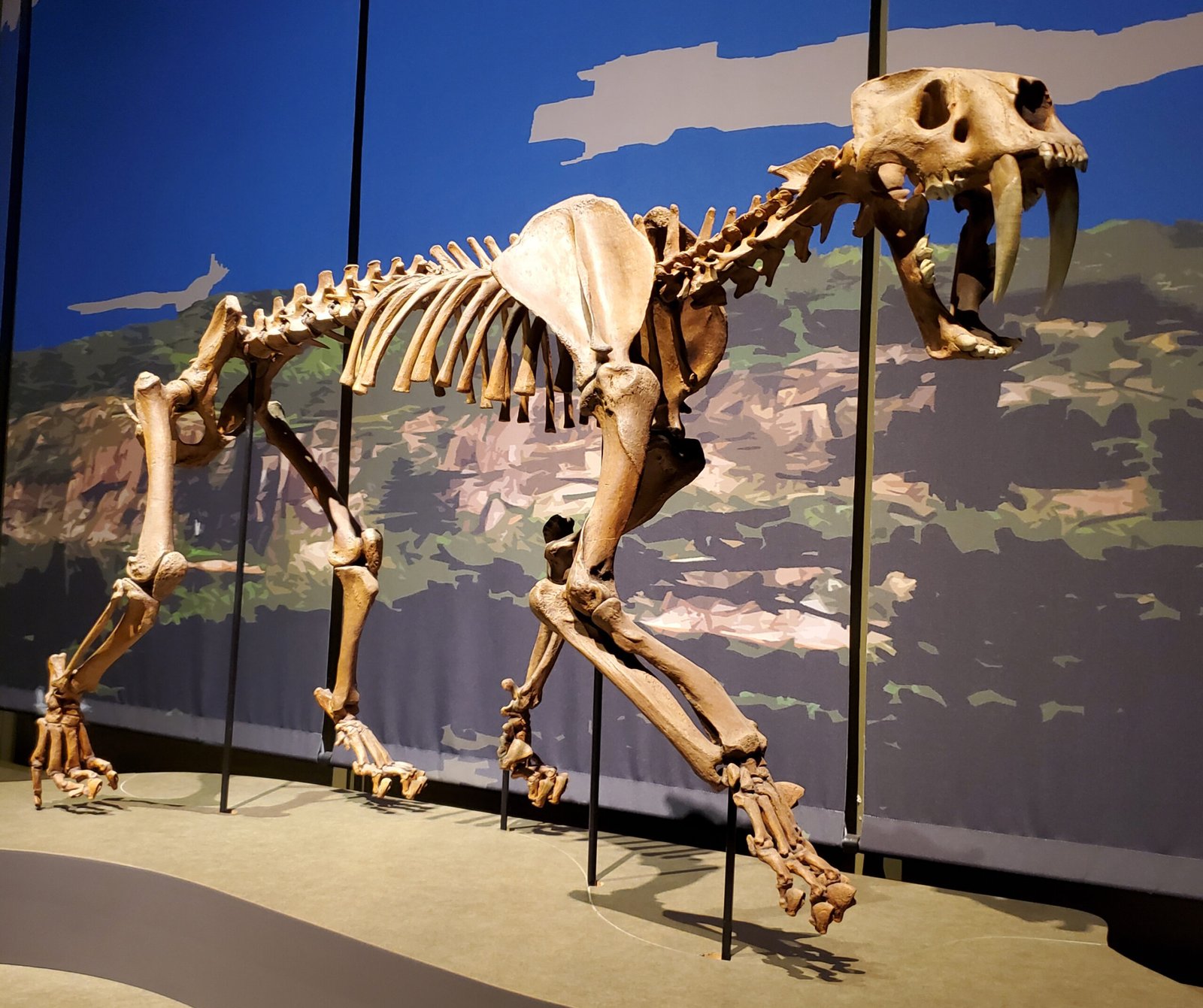
Believe it or not, some Smilodon fossils show signs of hip dysplasia, a condition house cats get today. Even the mightiest felines had their vulnerabilities.
Saber Breaks and Comebacks
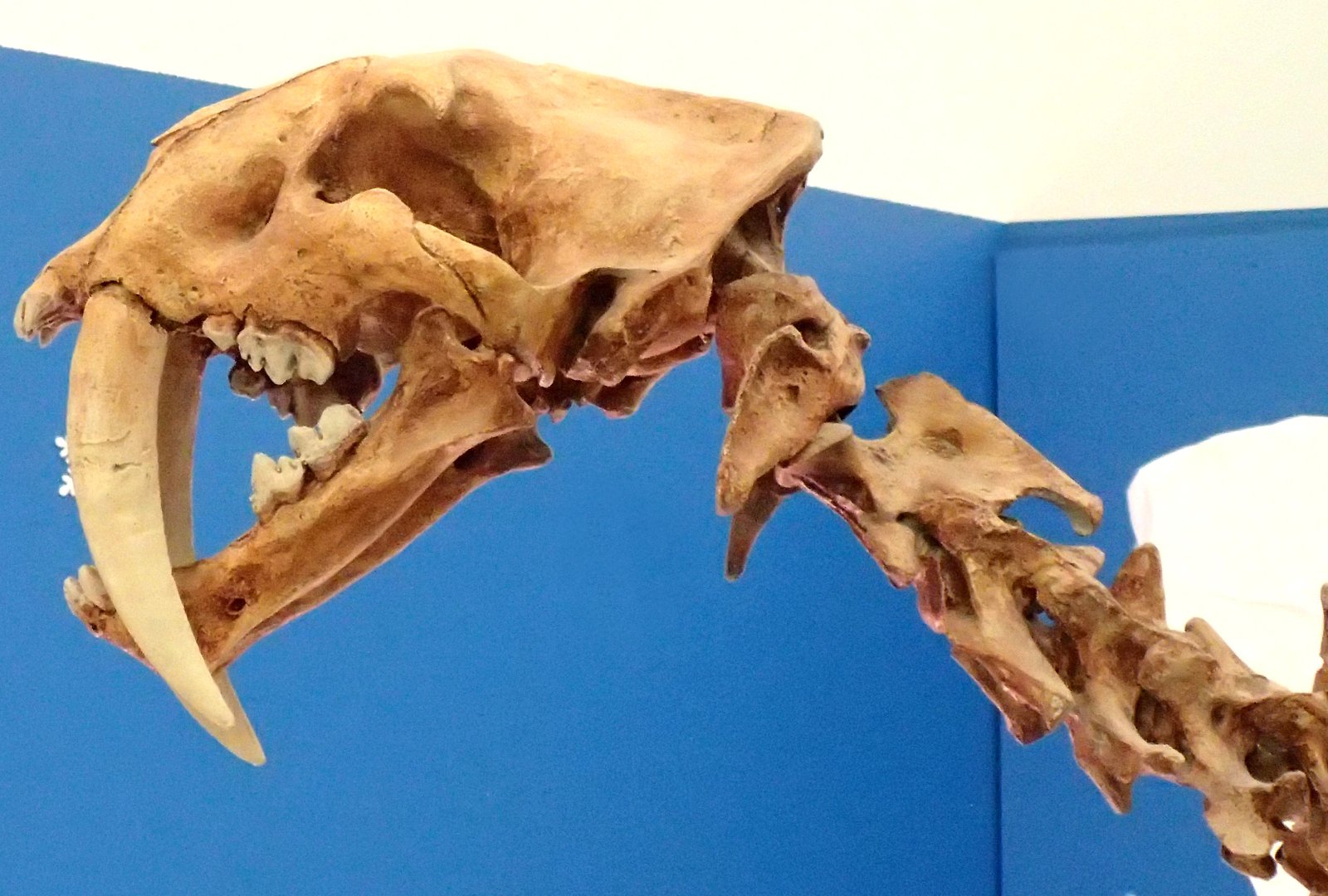
A few skeletons reveal broken sabers that healed. Imagine losing your best weapon and still surviving! These cats were tougher than they looked and probably just as stubborn.

Suhail Ahmed is a passionate digital professional and nature enthusiast with over 8 years of experience in content strategy, SEO, web development, and digital operations. Alongside his freelance journey, Suhail actively contributes to nature and wildlife platforms like Feline Fam, where he channels his curiosity for the Feline into engaging, educational storytelling.
With a strong background in managing digital ecosystems — from ecommerce stores and WordPress websites to social media and automation — Suhail merges technical precision with creative insight. His content reflects a rare balance: SEO-friendly yet deeply human, data-informed yet emotionally resonant.
Driven by a love for discovery and storytelling, Suhail believes in using digital platforms to amplify causes that matter — especially those protecting Earth’s biodiversity and inspiring sustainable living. Whether he’s managing online projects or crafting wildlife content, his goal remains the same: to inform, inspire, and leave a positive digital footprint.




